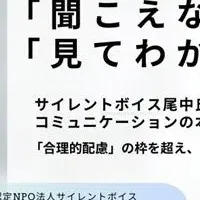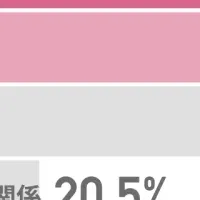
2025 Predictions: The Rise of the AI-Powered Superworker in Businesses
The Future of Work: Enter the Superworker
As we approach 2025, a transformative shift is expected in the workplace, according to recent insights from The Josh Bersin Company, a leading advisory firm focusing on human capital. This year is anticipated to mark the rise of the so-called 'Superworker'—a role defined by the integration of Artificial Intelligence (AI) that significantly upgrades the capabilities of the modern workforce.
Understanding the Superworker
The concept of a Superworker is not merely about enhancing productivity; it embodies a complete reimagination of job roles within organizations. A Superworker combines human creativity and decision-making skills with the analytical and processing power of AI. With the correct support systems in place, this new employee model could lead to unprecedented levels of output, creativity, and service delivery across various sectors.
Research indicates that companies adopting the Superworker model are likely to see substantial benefits over those that simply leverage AI as a means to minimize workforce costs. The report, titled The Rise of the Superworker: HR and Leadership Predictions and Imperatives for 2025, emphasizes that AI should serve as a tool for augmentation rather than replacement, leading to what the firm describes as a 'massive period of business re-engineering'.
The Impact of AI on Workforce Transformation
By examining hundreds of interviews, The Josh Bersin Company found that AI can radically enhance organizational performance without reducing headcount. They argue that the crucial element to this transformation is not the technology itself, but how companies redesign jobs and implement internal processes to harness this technology effectively. In other words, as AI evolves, so should organizational roles, focusing on developing people and their skills to work alongside these emerging tools.
Breaking Down the AI Transformation
The research outlines several key facets of this AI transformation:
1. Assistance - AI tools initially help employees by automating repetitive tasks, freeing them for more complex work.
2. Augmentation - Over time, AI becomes more integrated into daily workflows, raising productivity.
3. Replacement - Routine jobs will inevitably change, with AI taking over standard tasks that do not require human oversight.
4. Autonomy - The final stage will involve fully automated processes, with AI functioning as self-operating systems.
This staged approach illustrates that the Superworker phenomenon is not an overnight change but a gradual evolution in response to technological advancements in AI.
The Workforce of the Future
As organizations gear up to adapt to these changes, a rethinking of workforce culture is crucial. The idea of 'talent density'—prioritizing hiring and developing highly skilled workers—will take precedence over simply expanding workforce size. High-performing companies like Google and Netflix exemplify this trend and showcase the substantial returns of a talent-rich environment.
Although many traditional jobs may fade away, the emergence of Superworker roles will create new job opportunities, potentially lifting wages and standards of living as productivity rises. This landscape will necessitate that human resource (HR) practices evolve, emphasizing continuous learning and the acquisition of AI-related skills.
Challenges Ahead for HR
While the benefits of transitioning toward a Superworker-focused model are evident, there are challenges that HR teams must navigate. Higher demands for specialized IT and software skills will disrupt traditional HR practices, leading to increased pay scales for AI-literate professionals. Furthermore, as roles shift and evolve, HR will need to proactively engage in job redesign and employee development, ensuring that human insight and creativity remain central amid technological-influenced work environments.
Conclusion
The emergence of the Superworker, as predicted by The Josh Bersin Company, underscores a critical moment in organizational evolution. By embracing AI and rethinking work processes, companies can forge a path toward enhanced productivity, creativity, and innovation. CHROs and business leaders must take proactive steps to lead this transition, focusing on fostering a culture that values human contribution in an increasingly automated landscape. In the words of Josh Bersin, the future of work lies in harnessing the potential of AI to create a workforce that is more empowered and capable than ever before.
For further insights and an in-depth understanding, organizations are encouraged to explore the full report available through The Josh Bersin Company's offerings.
Topics People & Culture)










【About Using Articles】
You can freely use the title and article content by linking to the page where the article is posted.
※ Images cannot be used.
【About Links】
Links are free to use.